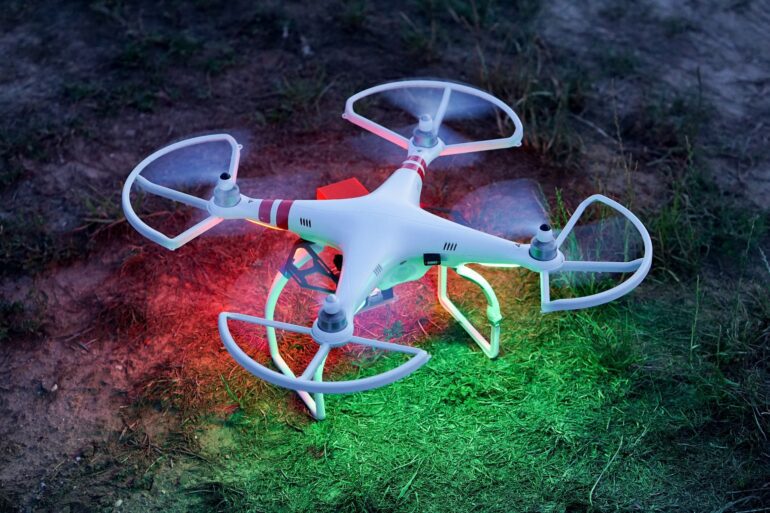TL;DR:
- MIT and Stanford researchers develop a data-efficient machine-learning technique for controlling robots in dynamic environments.
- The approach incorporates control theory elements to create effective controllers for complex dynamics.
- The method extracts controllers directly from the learned model, requiring less data than conventional approaches.
- It enables drones and autonomous vehicles to perform better in rapidly changing conditions.
- The technique has the potential to revolutionize various industries, including autonomous vehicles and drone technology.
Main AI News:
In a groundbreaking collaboration between researchers from MIT and Stanford University, a revolutionary machine-learning technique has emerged, promising to revolutionize the realm of robot control. This cutting-edge approach, specifically designed to navigate dynamic environments where conditions can change swiftly, could spell the dawn of a new era for autonomous vehicles and drones alike.
The crux of the matter lies in the researchers’ innovative incorporation of control theory into the model learning process. By seamlessly blending intrinsic structural elements from control theory with data-driven dynamics, they have harnessed the ability to create highly effective controllers that can deftly navigate complex dynamics, even when subjected to formidable forces like winds buffeting a drone mid-flight.
Navid Azizan, the Esther and Harold E. Edgerton Assistant Professor in the MIT Department of Mechanical Engineering, elucidates, “The focus of our work is to learn intrinsic structure in the dynamics of the system that can be leveraged to design more effective, stabilizing controllers. By jointly learning the system’s dynamics and these unique control-oriented structures from data, we’re able to naturally create controllers that function much more effectively in the real world.”
What sets this new method apart is its capacity to extract an efficient controller directly from the learned model itself, without the need for additional steps or separate learning. Furthermore, this integration of structural elements enables the approach to operate smoothly with significantly less data compared to conventional methods. This translates to better performance and adaptability, especially in rapidly changing environments.
Lead author Spencer M. Richards, a graduate student at Stanford University, highlights the inspiration behind their approach, drawing parallels with how roboticists employ physics to derive simplified models for robots. He notes, “Our approach is inspired by how roboticists use physics to derive simpler models for robots. Physical analysis of these models often yields a useful structure for the purposes of control—one that you might miss if you just tried to naively fit a model to data.”
This newfound methodology holds vast potential in various scenarios, from aiding autonomous vehicles in navigating slippery roads to enabling drones to flawlessly follow a skier down a slope, even amidst powerful gusts of wind.
The efficiency and adaptability of this technique make it particularly suitable for situations where rapid learning is essential, such as in the realm of drones and robots operating in constantly changing conditions.
The possibilities are vast, and the researchers are keen to further develop models that are even more physically interpretable, offering unparalleled insights into dynamical systems. With this continued progress, the future of robot control appears set to unfold exciting new horizons, driving us closer to a world where machines operate with unprecedented accuracy and effectiveness.
This groundbreaking research, lauded for its technical prowess and conceptual brilliance, has received support from the NASA University Leadership Initiative and the Natural Sciences and Engineering Research Council of Canada. As the world embraces this leap forward in robot control, industries and individuals alike eagerly anticipate the transformative impact this innovation will bring.
Conclusion:
The groundbreaking machine-learning technique developed by MIT and Stanford researchers has the potential to transform the market for robot control. By efficiently learning to control robots in dynamic environments with less data, this approach can significantly enhance the performance of autonomous vehicles and drones. Industries in the autonomous vehicle and drone sectors should closely monitor these developments as they could lead to more effective and adaptable systems, opening up new opportunities and possibilities in the market.

